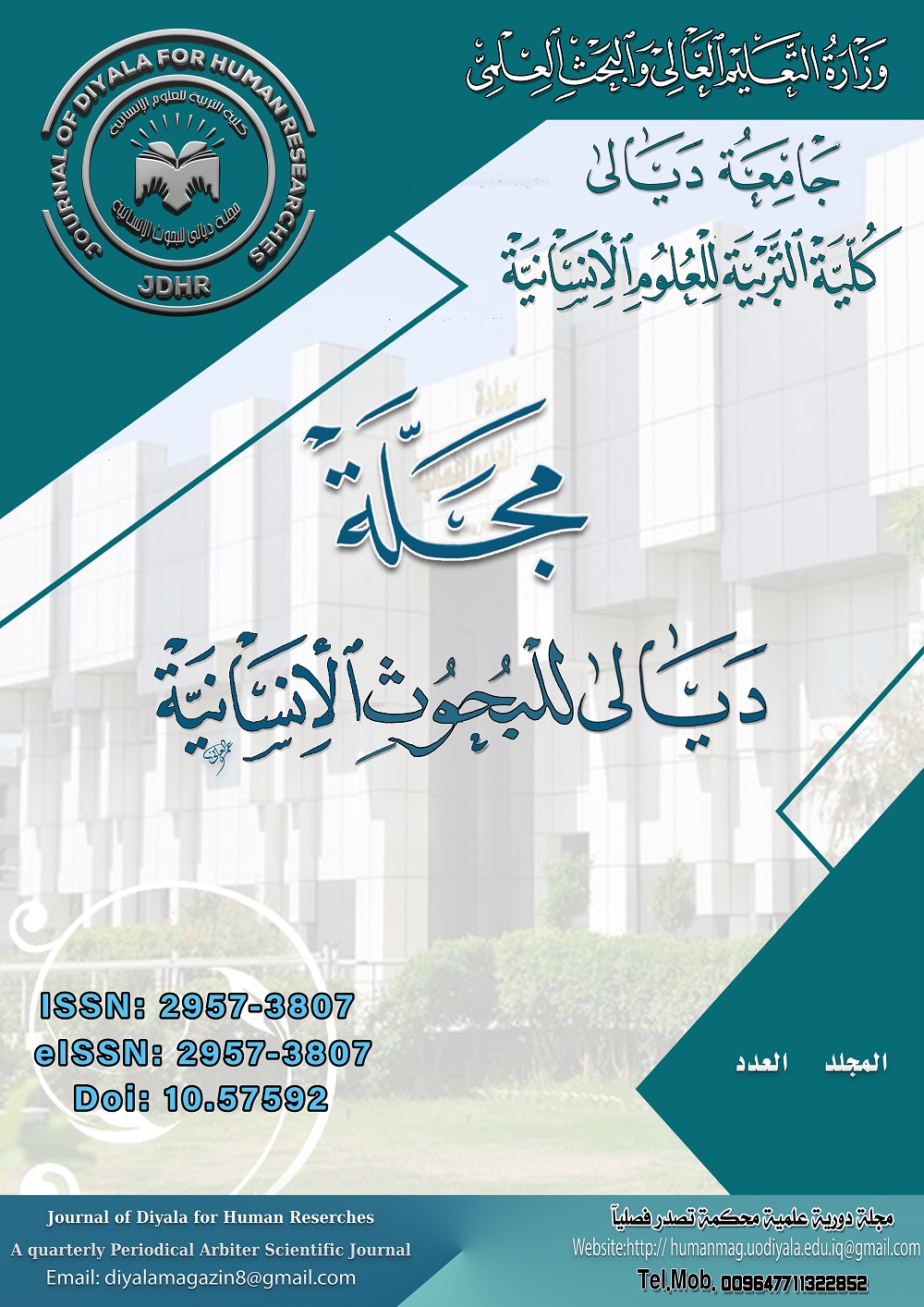سياسة الولايات المتحدة الاميركية ازاء هاييتي في ضوء محاولات غزوها من قبل المنفيين الهاييتيين 1964-1965
Main Article Content
Abstract
هذه مقالة وصول مفتوح بموجب ترخيص
CC BY 4.0 (http://creativecommons.org/licenses/by/4.0/)
Following the election of President Fraçois Duvalier as Haiti's president for life, which the United States of America refused to recognize because it would have threatened the stability of Haiti and the Caribbean region because it feared the start of a revolution, Haitian exiles had an impact on the United States of America's policy towards Haiti, particularly during the period 1964–1965. In order to overthrow President Duvalier in that nation and avert the possibility of communists taking over the government, which would pose the second-largest direct threat to the United States of America after Cuba, the American administration looked for indirect methods. These methods were found in the exiles. In order to avoid the criticism it might face if the invasion fails, particularly in light of the failure of the Bay of Pigs invasion, the Haiti is one of these measures that can achieve its goals through the invasion of Haiti without offering direct assistance to it. Key words: Haitian exiles
شكل المنفيون الهاييتيون تأثيرا على سياسة الولايات المتحدة الاميركية تجاه هاييتي لاسيما خلال المدة 1964-1965 ، لا سيما بعد انتخاب الرئيس فراسوا دوفالييه رئيسا مدى الحياة لهاييتي ، الامر الذي رفضت الولايات المتحدة الاميركية الاعتراف به لانه سيشكل تهديدا لاستقرار هاييتي ومنطقة البحر الكاريبي لخشيتها من اندلاع ثورة في ذلك البلد للإطاحة بالرئيس دوفالييه وبالتالي امكانية سيطرة الشيوعيون على الحكم مما يمثل تهديدا مباشرا للولايات المتحدة الاميركية بعد كوبا ، الامر الذي دفع الادارة الاميركية على البحث عن وسائل غير مباشرة في محاولة منها لاجبار الرئيس دوفالييه على التنحي عن السلطة او اسقاط حكمه ، فوجدت في المنفيين الهاييتين احدى هذه الوسائل التي ممكن ان تحقق اهدافها من خلال عملية غزو هاييتي ، دون ان تقدم دعما مباشرا لها تجنبا للانتقادات التي قد تتعرض لها اذا ما فشلت عملية الغزو ، لا سيما بعد فشل عملية غزو خليج الخنازير .
Article Details

This work is licensed under a Creative Commons Attribution 4.0 International License.
